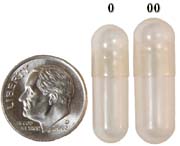I have a bunch of different syrains right next to eachother. All are true to thier seed
+1 solid advice, it's either that or only grow one variety per season which I've done in the past but can be boring unless you love that one pepperBut the seeds from those plants have a very good chance of being cross pollinated and not coming true to type.
Selling that seed as a specific variety is sketchy at best. You have no idea of the genetics of the seeds growing in those pods on your plants.


 or ask for 10 yards of red while in your garden clothes(read: dirty) and after "the look" get asked if you are make a tutu. "No it is for isolation" requires explanation or a hasty exit. lol
or ask for 10 yards of red while in your garden clothes(read: dirty) and after "the look" get asked if you are make a tutu. "No it is for isolation" requires explanation or a hasty exit. lol